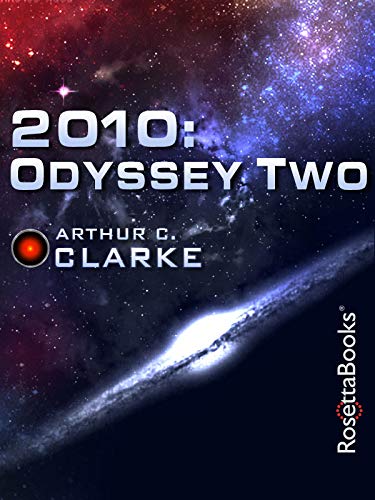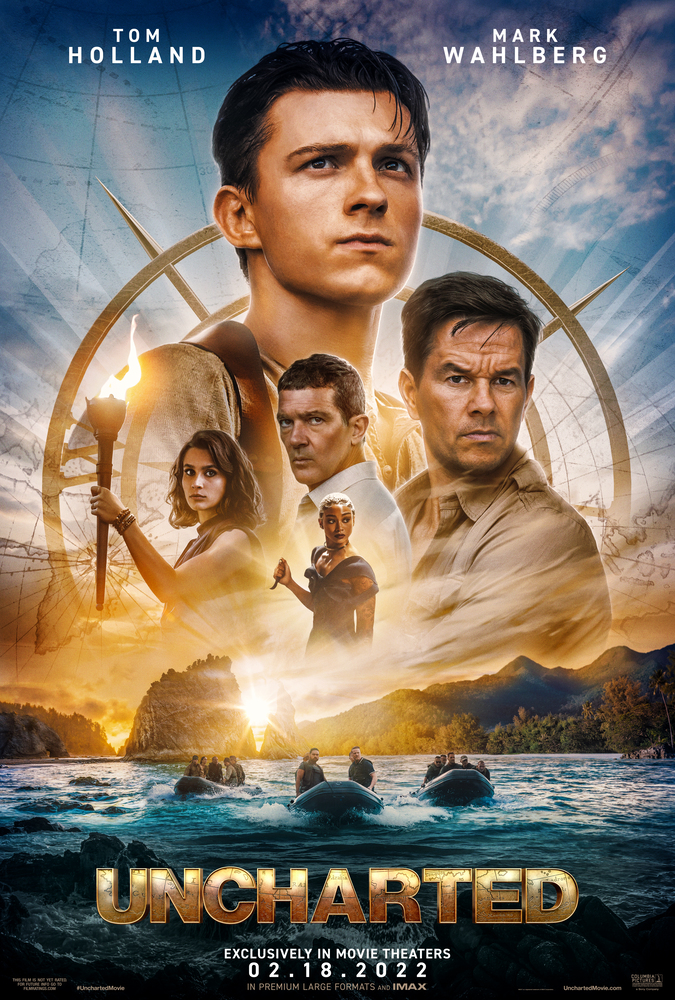2010: Odyssey Two is the second book in the Dave Bowman/HAL 9000 series. While the books in the series are considered sequels, the timeline and story change a little due to historical events and discoveries in the real world.
Dr. Haywood Floyd embarks on a journey to Jupiter to recover the Discovery and investigate “Big Brother”, another monolith found at the LaGrange point between IO and Jupiter. He’s joined by Dr. Chandra, HAL’s designer, and Walter Curnow, the chief engineer who oversaw the construction of the Discovery. They’ve hitched a ride with the Russians on the Alexi Leonov because they needed a quick departure due to the decay of Discovery’s orbit.
This book was written in 1982 and the movie was produced in 1984. The movie follows the book for the most part. As usual, the book has more details than the movie. I love the movie just as much as I love the book. I remember watching it as a kid; it was cutting edge technology at the time. Today, the movie is quite dated like 2001. I often wonder about how it might be remade with technology that was actually available in 2010. No, we don’t quite have the engineering capability to build large spaceships or to employ hibernation, but we did have talking computers. All of the old CRT monitors could be replaced with LCD panels. I also doubt there would be quite as many mechanical switches to deal with.
I loved the details about the planet Jupiter itself. To this day, its interior is still quite mysterious because we just don’t have any way to probe deep enough to understand anything. It’s the same with all the gas giants in the outer solar system. I’m a bit disappointed that we haven’t really explored Jupiter’s or Saturn’s moons in detail. It is generally accepted that there is probably life on Europa. There has been talk of sending a probe to drill through the ice, but we haven’t quite figured out how to ensure we don’t introduce any contaminants into the water underneath. I’m sure we’ll get there one day.
If you ever wanted to know why we haven’t ventured out into the solar system yet, you should read this book. Arthur C. Clarke always does a magnificent job describing day to day life. We are so used to instant communication anywhere on the planet, but we have no way to maintain that across the vast distances between planets. The communication delays at such great distances alone make it difficult for a manned mission. That’s even before the problems of carrying water, food, and fuel. We’re getting better at water recycling, but not quite there yet. I think we will make more progress once we find a much cheaper and faster way to get to low earth orbit.



